GANNETT
Q&A “Here for It”
Q1.
Where did the initial creative spark for this campaign come from? What was the brief like from Gannett?
Whit: Gannett came to us to help with a pilot campaign to bring awareness to three of their legacy brands – The Tennessean in Nashville, The Austin American-Statesman in Austin and The Arizona Republic/AZ Central in Phoenix – driving home the importance of local journalism. Being big fans of local journalism and its importance to a community, this got us super excited. Initially, we hit them with a bunch of ideas and after collaborating with their team on several rounds, we eventually narrowed in on “Here For It.”
“We all need a reminder to be more present, engaged and involved in the place we call home. Local journalism helps us do just that.”
Q2.
What were some early concepts or key ideas that helped form this campaign? How did you identify how you needed to frame and market local journalism?
Jonathon: The idea behind this campaign really came from the realization that communities suffer when local journalism goes away – increased corruption, political division, and people feeling out of touch with their community. It’s a big problem that most people aren’t even aware of.Based on that insight, we honed in on this tension that people are more distracted than ever by social media, world news, endless entertainment options, etc. We all need a reminder to be more present, engaged and involved in the place we call home. Local journalism helps us do just that.

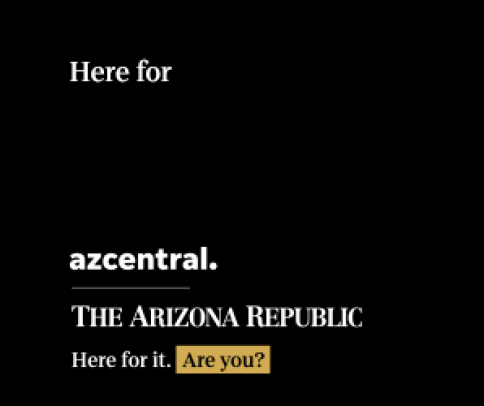
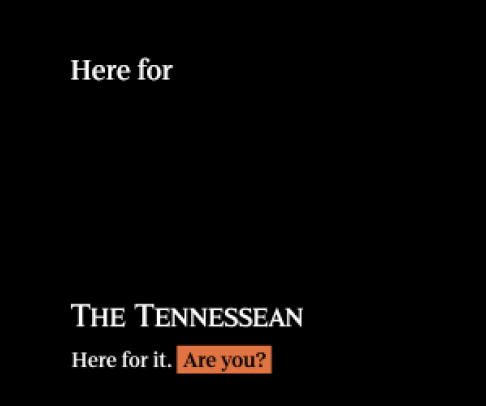
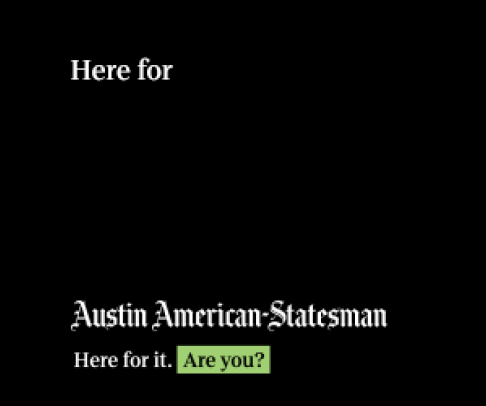
Q3.
The posters are a witty element to this campaign - how was the process of writing the copy for each of the different publications and its area?
Coleman: Thank you for noticing. We talked to the various newsrooms and did some independent research to get a sense of what excites/annoys people in these markets. Some of the headlines tap into that kind of thing and some of them lean more on an amped-up attitude that I think stands out in an industry that’s pretty stoic. Journalists are cool people that take a lot of pride in what they do. We wanted that to come through. Overall, they’re meant to turn heads and get people talking. It’s working so far.
Q4.
The poster for the AAS in Austin targets Joe Rogan - perhaps Austin’s most famous new resident – how did this idea come about? Has there been any pushback on this design?
Coleman: I was eating raw elk organs in an ice bath after a vigorous Muay Thai sparring session and my Alpha Brain pills triggered an intense DMT flashback. Suddenly I was pure consciousness in an infinite cathedral of fluorescent fractals. For what seemed like a lifetime, I went from room to room before finally arriving in some sort of sacred chamber where a three-eyed gremlin sat upon a sparkling throne of jewels. He didn’t speak, but I could clearly sense him communicating with me telepathically. He said, “A Rogan headline would totally blow up on Reddit, bro.
”Yeah there’s been pushback. From the type of dudes who never cleaned their toilet until Jordan Peterson told them to.
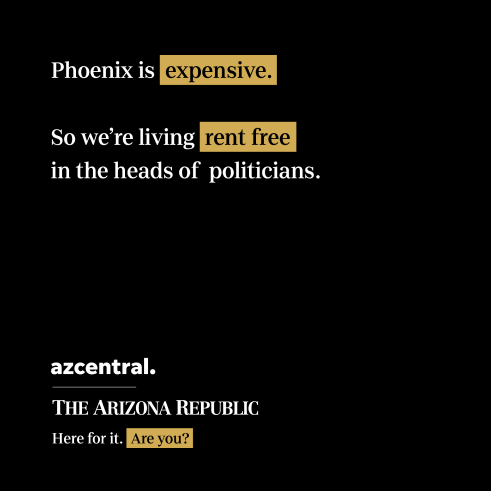
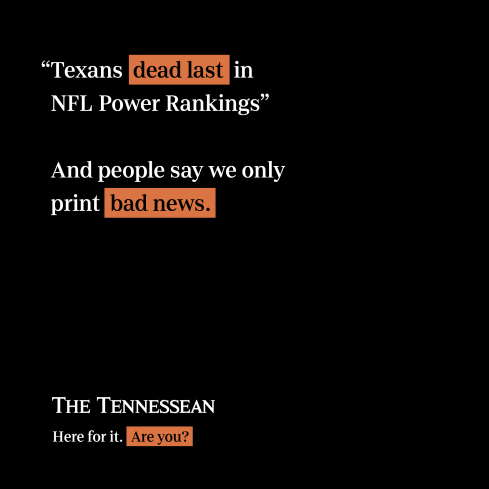
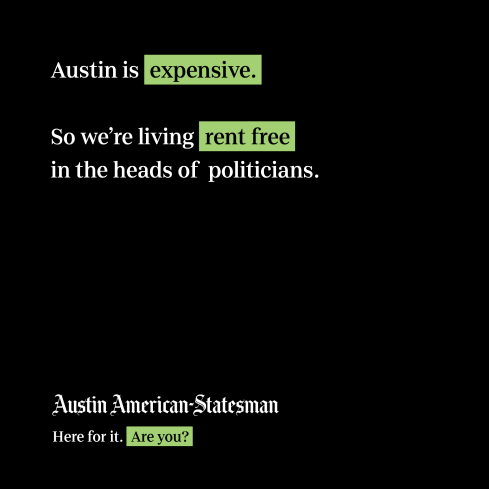
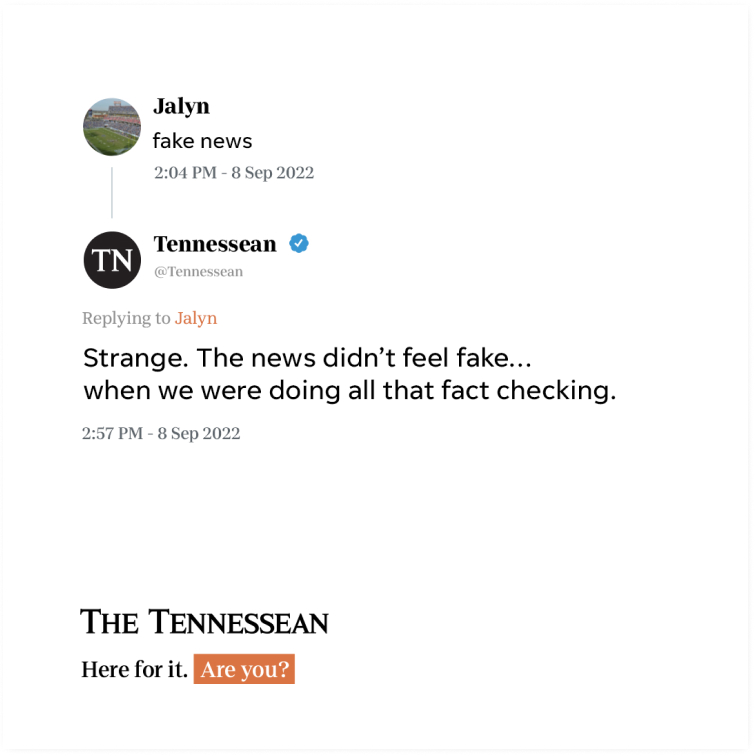
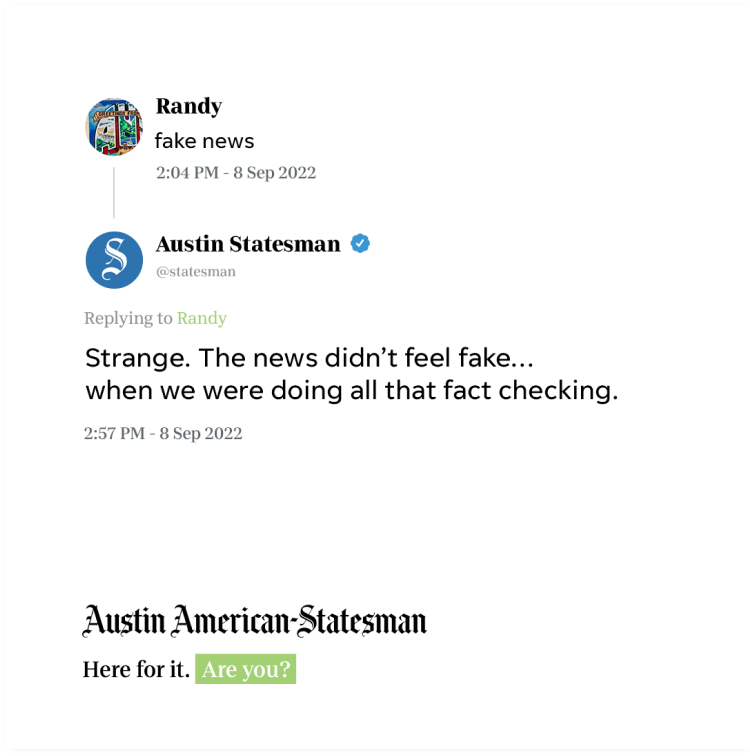
Q5.
What has the public reaction been to the campaign? How do you hope the perception of local journalism can be changed?
Jonathon: It’s been very positive. What’s kind of crazy is after a month, we saw that our YouTube ads had a 61% view completion rate…for 30-second spots. We also saw our digital ads performing well above industry average and on social we’ve gotten over 17,400 engagements. My favorite reaction has probably been to the Joe Rogan poster. Jaime Vernon, the producer of the Joe Rogan Experience (which one of our posters mentions), posted a reaction to it on his Instagram. A photo of the poster also landed on the homepage of the Joe Rogan subreddit for a couple of days so that was pretty cool.

